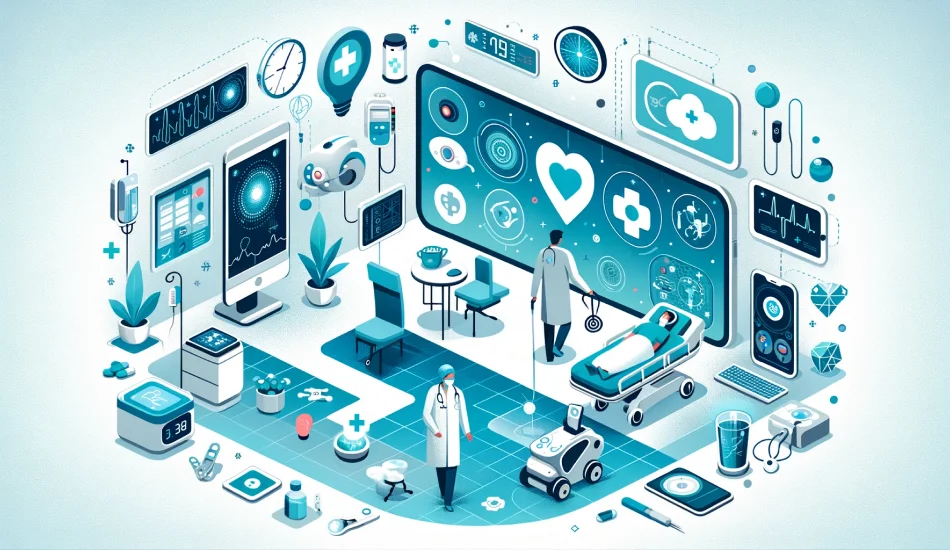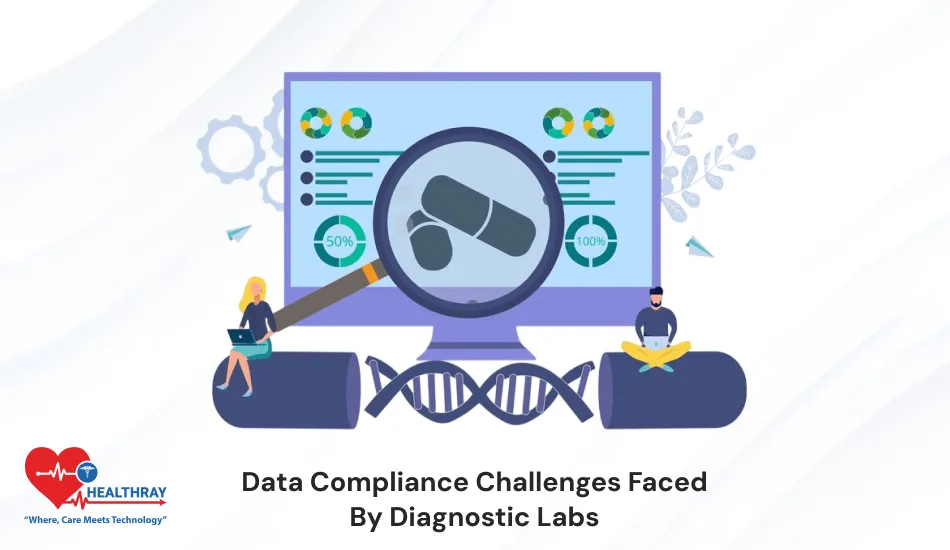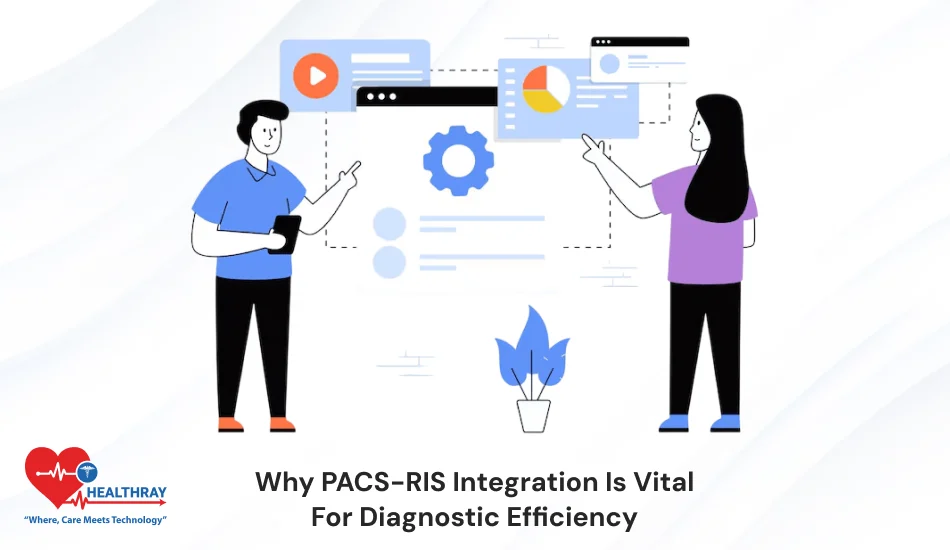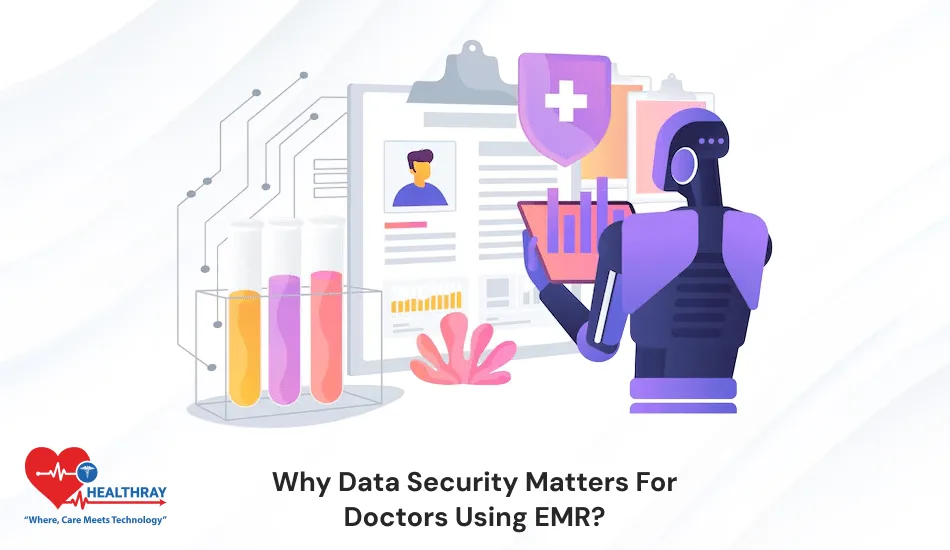Quick Summary: The demand for online management solutions is critical in the aging healthcare industry. PRMS is one of the finest tools accessible. You should read this article to learn more about patient record management systems (PRMS) and how hospitals and the healthcare industry use them.
Introduction
Hospitals in the healthcare industry may find it difficult to manage and organize patient records or data. It is imperative to manage patient information effectively, notwithstanding the challenges. Imagine a hospital or doctor’s office where patient data is not reliably stored or retrieved. It would be a chaotic place. This is where the Patients Record Management System (PRMS), a crucial tool in healthcare, comes into action. It is also referred to as an electronic medical record or management software. Hence the best Hospital Management Software could be a great choice.
Recognizing the value of patient record management is crucial before getting into the specifics of PRMS. Mishandled electronic health data may lead to medical blunders that can be fatal, affecting thousands of people each year. A World Health Organization research states that drug mistakes alone are a contributing factor.
Not only a recording tool but also an efficient tracing system and the best consultation tool for patients. They coordinate with any physician without taking anyone’s permission. Sometimes, clients get instant appointment time, barely seen in taking the manual appointment procedure. Ease to modify appointment time, store many prescriptions, record invoice bills, and facilitate intense security.
The right patient record management system allows your clients to record their medical documents, heightens security, analyzes healthcare information, and improves the billing system. Furthermore, it helps to modify information from their home and gets any type of medical documents within a click. A patient friendly system, which simplifies the navigation and receives medical treatment effortlessly.
PRMS ensures that medical professionals have access to current, reliable information regarding medical practices, which improves patient safety, lowers mistakes, and raises the standard of care in general. Continue reading to learn more about PRMS’s significance and how it may enhance patient safety, data accuracy, and the general standard of healthcare services.
What Is Electronic Patient Record Management System Or Software?
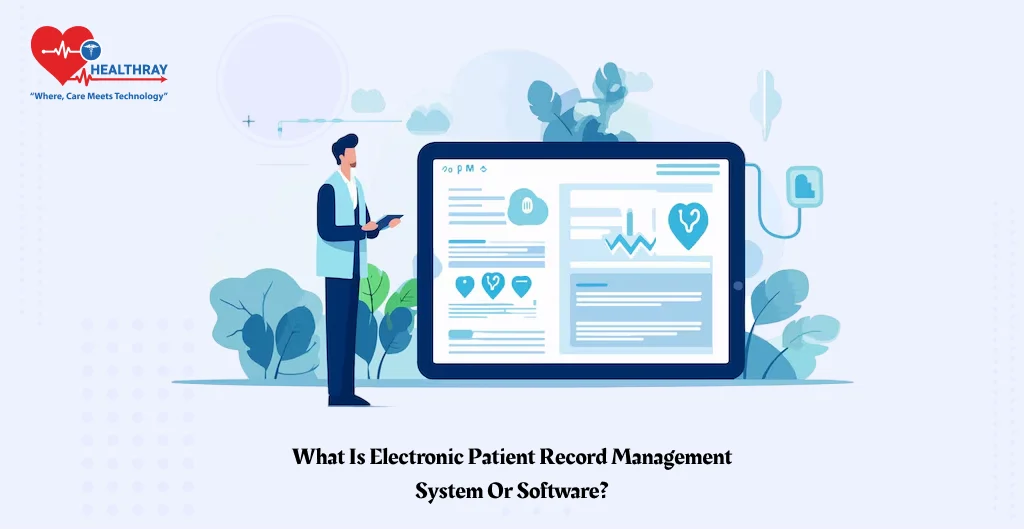
Let’s start with the fundamentals: Hospitals use the Patient Record Management System (PRMS), sometimes called the Patient Data Management Solution or the Patient Record Management System, to efficiently organize, manage, and preserve all of their medical information.
To put it simply, PRMS acts as a keeper of your medical history and prescription history. With it you can maintain and arrange the data safely, and access it perfectly. Its function goes beyond simple data storage; it is made to ensure that only authorized users or healthcare professionals may access your personal information, protecting your privacy.
Consider PRMS as a link between medical professionals, nurses, and patients. It serves as a storage area for your electronic health data, which include your test results, medications, history, and appointment information. Your physician consults your records in the PRMS, not just their recollection, when you visit them. Patient record management systems, essential to the efficient running of Hospital Management System Software and clinics as a whole, not only for specific patients.
No doubt, PRMS provides a great contentment to patients due to the in-built functionalities. Scheduling management is one of a satisfactory element, which minimizes transportation costs, maintains historical visits, and is convenient to block any time. Capture plenty of records, generate multiple copies of a single report, and contribute to increasing retention rate. Additionally, it applies a set of regulations in recording information and monitoring documents from anywhere.
The patient record management system is the great and optimum patient solution for advancing care, increasing patient efficiency, and improving communication with other healthcare specialists. Furthermore, the electronic patient record management system stores patient records, manages, and retrieves them properly. The PRMS has been swiftly available on mobile, website, and tablets. Receiving notifications for appointments, test reports, and online prescriptions.
A premium solution for patients and physicians that helps to review medical data and billings. Furthermore, it keeps scheduling information in a systematic row, draft digital prescriptions, easy to transmit information, and fabricate reports. Consequently, it improves patient engagement rate, mitigates medical errors, and enhances medical practice.
What Function Does the Patient Record Management System Serve in Hospitals and Healthcare Facilities?
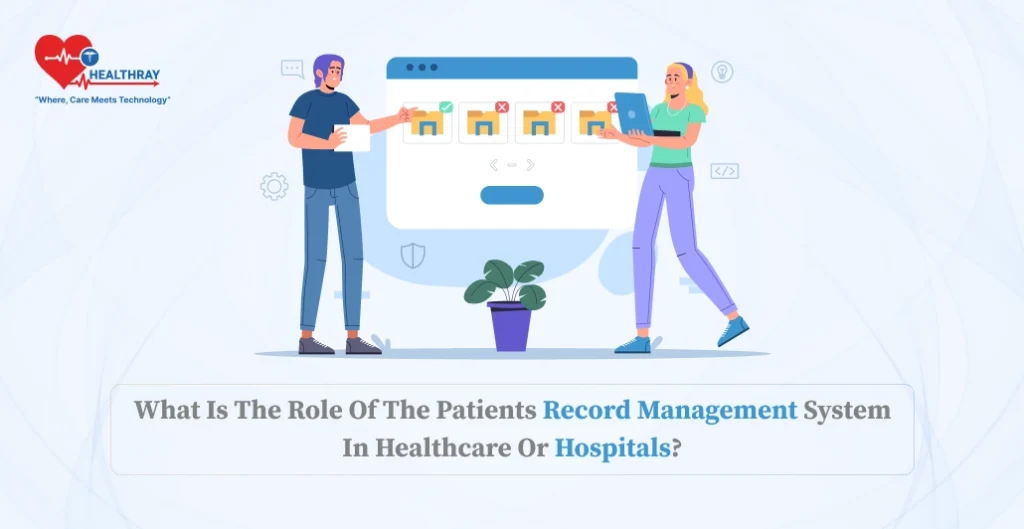
There are many software available for patients and healthcare professionals. However, the effective system is Healthray, because it is separate for them and created based on the needs. Create bills with the components, added as per rules. Consequently, it improves patient care, increases satisfaction rate, and helps to protect patient information.
The Patient Record Management System (PRMS) is a key component of the ever-changing healthcare environment, providing hospitals and major healthcare organizations with several advantages. Let’s see the variety of benefits this powerful patient management software weaves:
Advantages of Patients Record Management System
Effective Data Storage
The PRMS signals the end of laborious paper-based recordkeeping and the beginning of an era of efficient data storage. By moving to digital forms, there is less chance of data loss or damage and faster, more secure access to patient data while still conserving physical space. The Electronic Patient Monitoring Systems can help you store patient data effectively.
Improved Medical Attention
By improving the accessibility and quality of test findings, medication histories, and patient health histories, patient record management systems enable medical professionals to make well-informed decisions on diagnosis and treatment. Better patient outcomes and higher-quality care are the knock-on effects.
Streamlined Process
The system increases the accuracy of Administrative and clinical procedures, which turns into a virtuoso. The PRMS system provides easy access, maintenance, and changes to patient information, doing away with cumbersome paper archives and reducing the possibility of mistakes that come with manual processes.
Enhanced Interaction
By bridging the communication gap that exists between medical staff, departments, and careers, PRMS makes sure that everyone involved in patient care is moving to the same beat of current data. Patient record management systems avoid misunderstandings, repetition, and possible treatment mistakes.
Empowerment of Patients
By enabling online access to test results, treatment plans, and electronic medical records, the system transforms into a shining example of patient participation. Better health outcomes are achieved when patients actively participate in their healthcare decisions.
Information Security
As a guardian of information security, PRMS uses techniques including access restriction and end-to-end encryption. Frequent audits and surveillance guarantee adherence to privacy laws like HIPAA, protecting private health data.
Cost Reduction
PRMS becomes a cost-saving indicator when patient records are digitized and centralized. There is less of a need for physical storage, human data input, and paper records, which reduces costs significantly and eliminates mistakes and redundancies.
Analytics And Research
PRMS uses technologies like AI and ML for analytics and research, advancing healthcare. Large amounts of patient data are gathered via cloud-based systems, which then reveal trends and patterns to aid in personalized medicine and medical research.
Reporting and Compliance
PRMS takes on the role of a guardian of moral and legal obligations. It makes sure that medical records are kept private and only accessible by those with the proper authorization. The technology makes reporting and auditing easier, helping HMS Software stay out of trouble with the law and comply with regulations.
Disaster Recovery
PRMS serves as a digital safety net by electronically storing patient records. It reduces the possibility of losing paper records by accidents or natural catastrophes. Patient record management systems guarantee that patient treatment will continue even in the event of unforeseen unfavorable circumstances. Seek this handy Benefits Of Patient Portal article to understand patients management better.
How Can Healthray Assist in the Creation of Software for Patient Records Management?
After becoming aware of the functions of a patient management system in the healthcare industry. Healthray can assist you with adding a PRMS to your facility. Contemplating it? Go through this.
Our practice management solutions knowledge in several areas will greatly assist you in developing patient record management software. First off, we can offer safe cloud-based data architecture that guarantees the effective and safe storage of patient data. Our talented development teams are capable of producing unique software solutions that are convenient for the particular requirements of healthcare providers.
We can also use patient records to get insightful information by leveraging our data analytics skills. The electronic patient record management system facilitates improved patient care and decision-making. Our knowledge of security protocols and compliance guarantees that the program conforms with healthcare laws and protects private patient data. Therefore, healthcare organizations may improve patient care, streamline record-keeping, and increase data accessibility with Healthray assistance.
Healthray software companies grow their innovation in each and every healthcare system project with a great and dedicated team effort. After creating the PRMS software from Healthray company, it has been worth your money and has a sense of satisfactory pleasure. Their team is expertise on AI development projects in the healthcare system, creates a spectacular project and integrates well even with your legacy system.
Conclusion
I hope you now have a deep understanding of patient management systems! I hope you realize how important PRMS is to the healthcare industry. by offering a methodical and effective means of organizing, storing, and gaining access to patient data. In order to guarantee that patients receive the finest care possible and that medical personnel can make well-informed decisions, technology is essential to modern healthcare. PRMS are the foundation of a data-driven, patient-centered healthcare system that has advantages to both patients and healthcare professionals.
